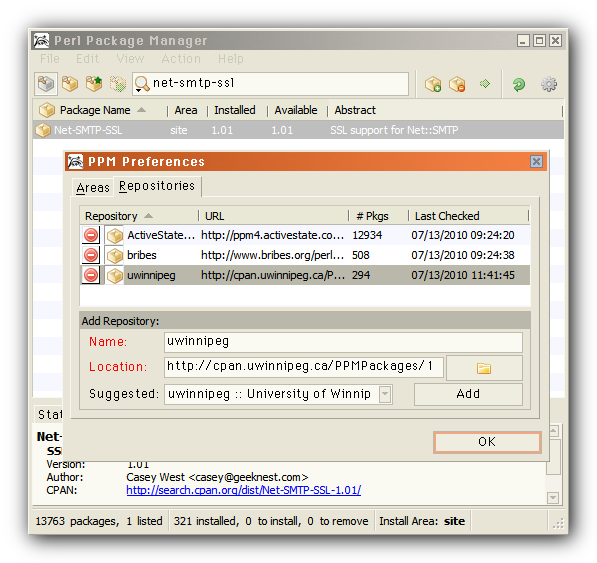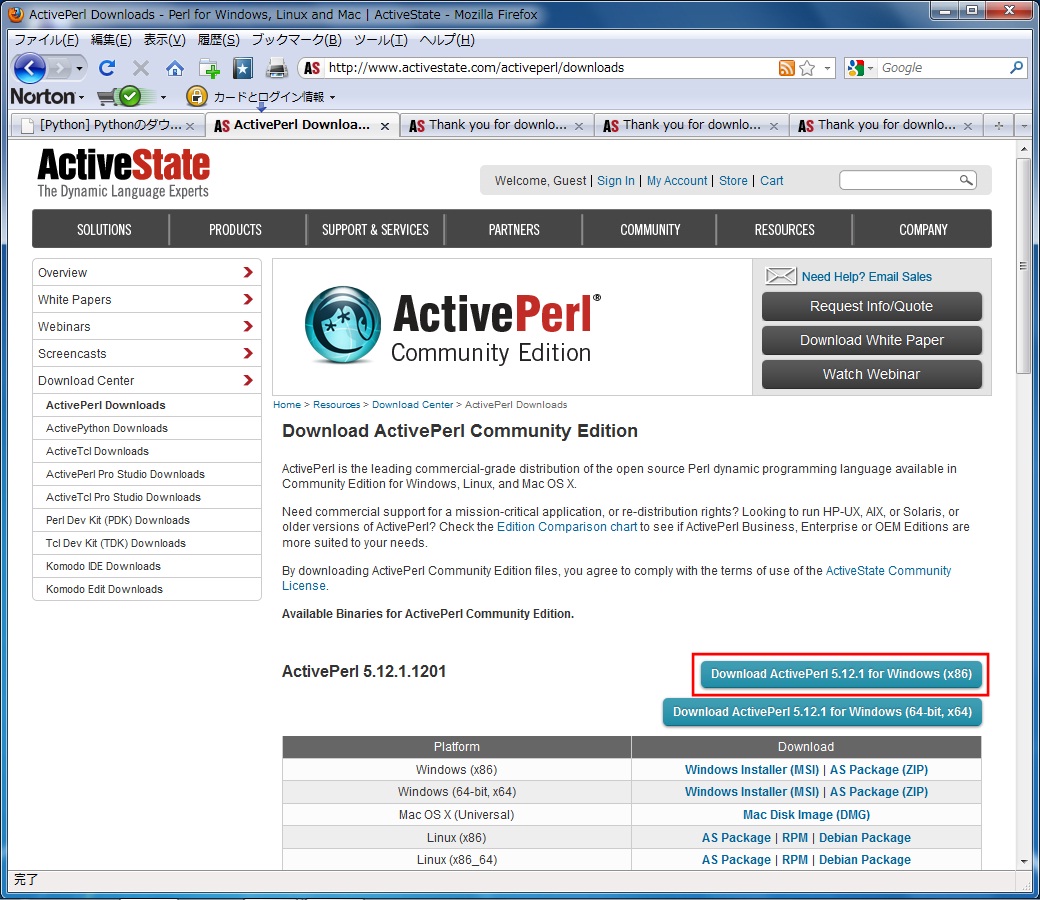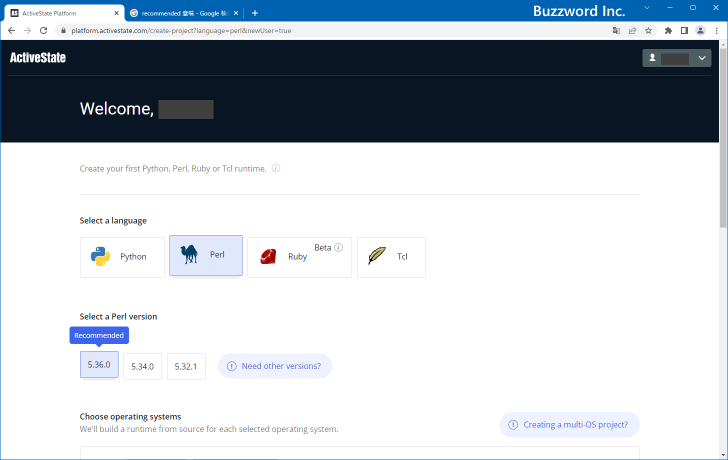

Should the MySQL server be running on a non-standard port number, you may explicitly state the port number to connect to in the hostname argument, by concatenating the hostname and port number together separated by a colon ( : ) character or by using the port argument. To connect to a MySQL server on the local machine via TCP, you must specify the loopback IP address (127.0.0.1) as the host. The hostname, if not specified or specified as '' or 'localhost', will default to a MySQL server running on the local machine using the default for the UNIX socket. Also, 'SELECT DATABASE()' will return the current database active for the handle. This is similar to the behavior of the mysql command line client. If you don't specify the database at connection time your active database will be null and you'd need to prefix your tables with the database name i.e. The database is not a required attribute, but please note that MySQL has no such thing as a default database. $dbh = DBI->connect($dsn, $user, $password) $dsn = "DBI:mysql:database=$database host=$hostname port=$port" $dsn = "DBI:mysql:database=$database host=$hostname" See "STATEMENT HANDLES" below for more details on statement handles.īut now for a more formal approach: Class Methods connect use DBI If your table has columns ID and NAME, then $row will be hash ref with keys ID and NAME. First of all you can retrieve a row of data: my $row = $sth->fetchrow_hashref() This statement handle can be used for multiple things. If you want to retrieve results, you need to create a so-called statement handle with: $sth = $dbh->prepare("SELECT * FROM $table") See "DATABASE HANDLES" below for more details on database handles. In which case the quote method is executed automatically. An alternative approach is $dbh->do("INSERT INTO foo VALUES (?, ?)", undef, See DBI for details on the quote and do methods. Once you have connected to a database, you can execute SQL statements with: my $query = sprintf("INSERT INTO foo VALUES (%d, %s)", Perl returns a database handle to the connect method like so: $dbh = DBI->connect("DBI:mysql:database=$db host=$host", Two types of objects are available: database handles and statement handles. See "EXAMPLE" for a simple example above.įrom perl you activate the interface with the statement use DBI Īfter that you can connect to multiple MySQL database servers and send multiple queries to any of them via a simple object oriented interface. For installation, see the separate document DBD::mysql::INSTALL.

In what follows we first discuss the use of DBD::mysql, because this is what you will need the most. Some rarely used functions are missing, mainly because no-one ever requested them. Most functions provided by this programming API are supported. In other words: DBD::mysql is an interface between the Perl programming language and the MySQL programming API that comes with the MySQL relational database management system.
#Activeperl ssl driver
While (my $ref = $sth->fetchrow_hashref()) \n" ĭBD::mysql is the Perl5 Database Interface driver for the MySQL database. $sth->execute('Eggers') or die "execution failed: $dbh->errstr()"

Or die "prepare statement failed: $dbh->errstr()" 'SELECT id, first_name, last_name FROM authors WHERE last_name = ?') My $dbh = DBI->connect($dsn, $user, $password) My $dsn = "DBI:mysql:database=$database host=$hostname port=$port" BUG REPORTING, ENHANCEMENT/FEATURE REQUESTSĭBD::mysql - MySQL driver for the Perl5 Database Interface (DBI) SYNOPSIS use DBI.


 0 kommentar(er)
0 kommentar(er)
